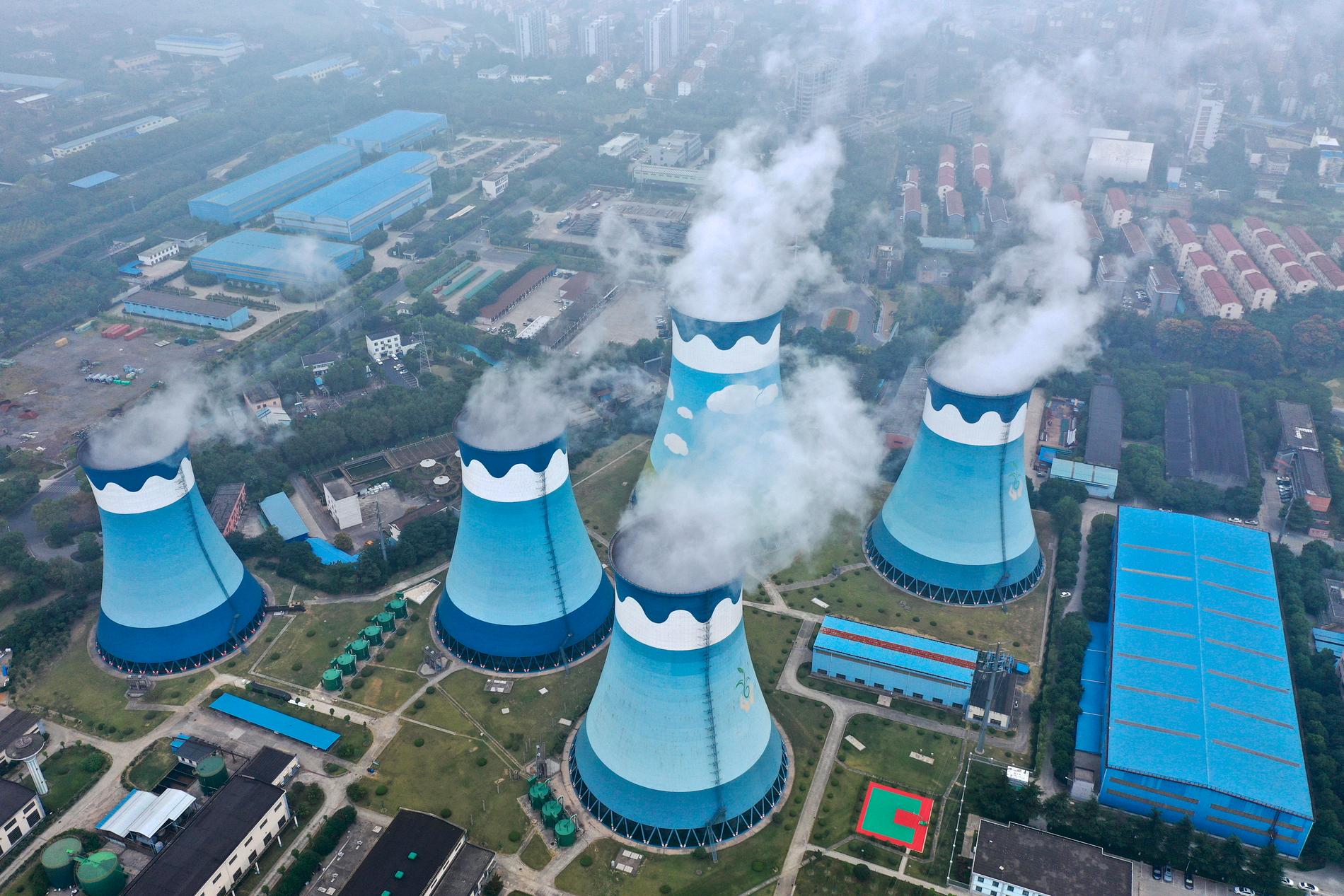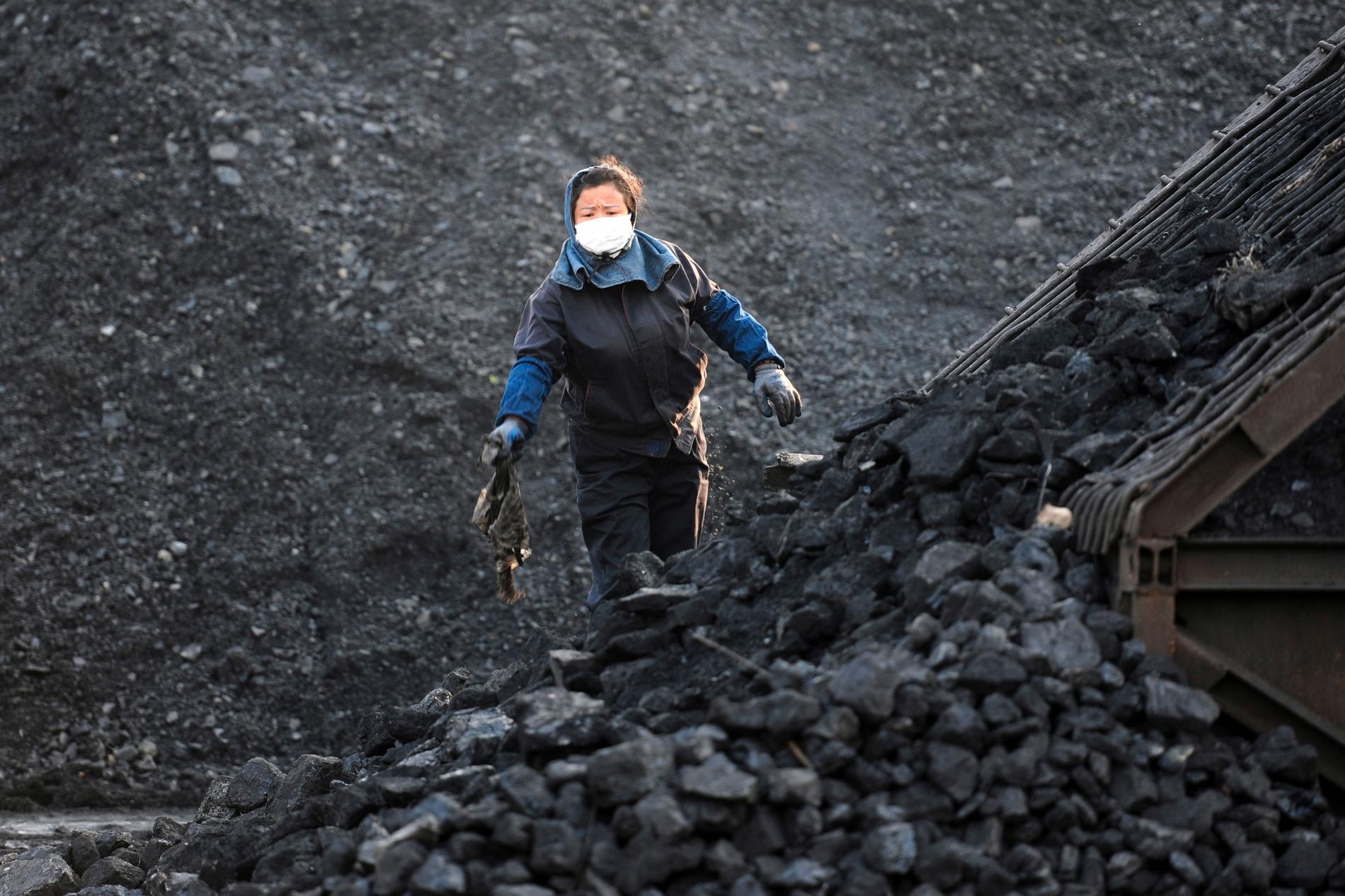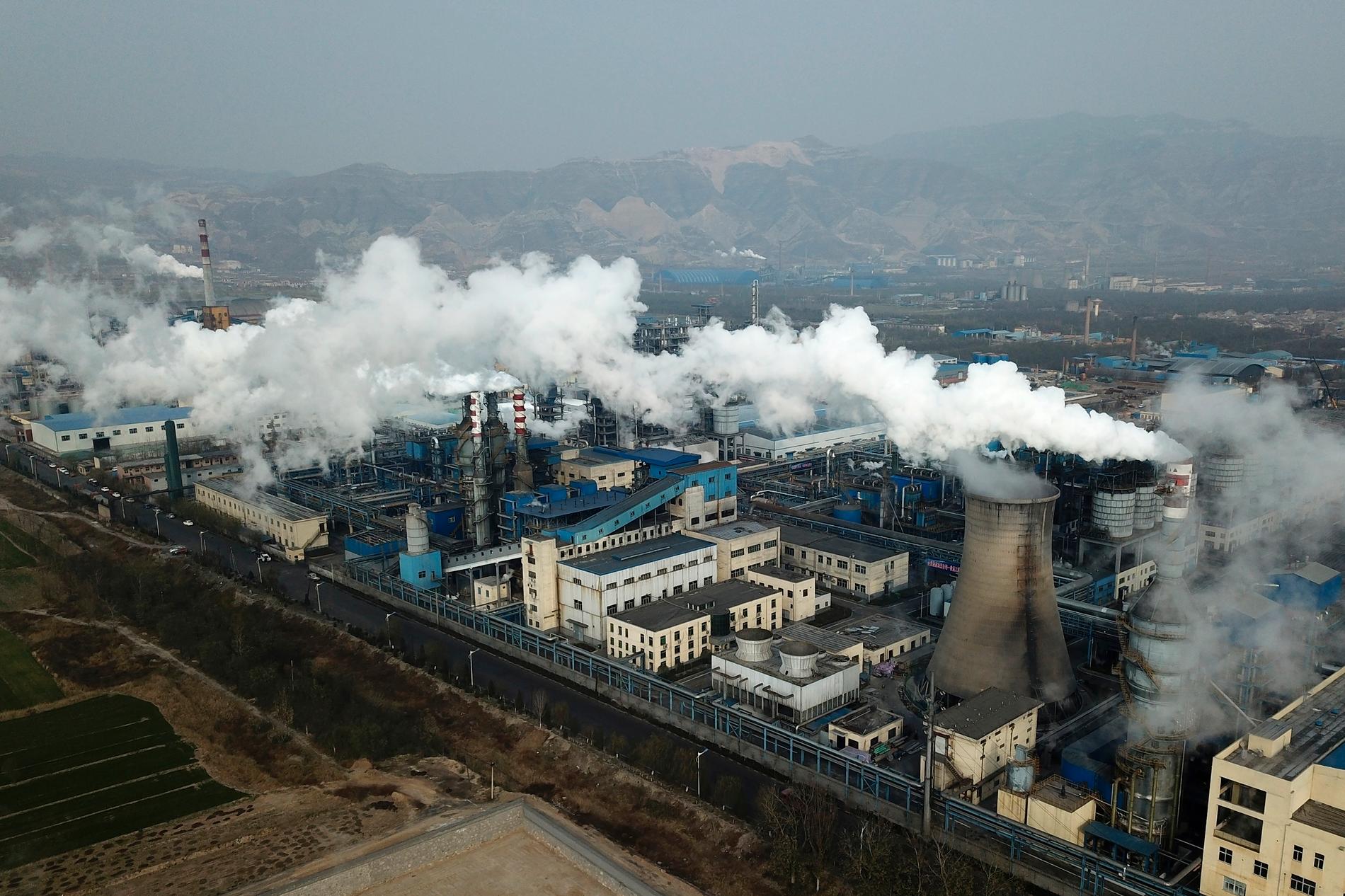"The environmental movement in the West has been naive"
News
Coal is king – the emission giant towards new records
By: TT
Published: Today 06.18
Updated: Less than 3 hours ago
NEWS
China accounts for a third of the world's emissions of greenhouse gases - and many points to the fact that it will pass 40 percent before the end of the decade.
At the same time, paradoxically, the country has received some praise for its climate policy.
- The environmental movement in the West has been naive, says analyst Karl Hallding.
Rapid emission reductions are required to slow down global warming and at the ongoing COP27 climate summit in Egypt, the countries of the world are being asked to move from words to action in climate work.
A small bright spot could perhaps be discerned when American President Joe Biden recently met Chinese President Xi Jinping at the G20 meeting in Bali, Indonesia. The leaders then agreed to resume talks on the climate issue.
Both countries together accounted for barely a quarter of global carbon dioxide emissions last year.
From 1990 to 2021, total annual emissions in the world have increased from about 23,000 to 38,000 million tons of carbon dioxide, an increase of 15,000 million tons. China alone accounted for about 10,000 million tonnes, or 66 percent, two-thirds, of the total increase.
At the same time, the EU has greatly reduced its emissions and only accounts for 7.33 percent of the total emissions globally. The United States has also succeeded in reducing its figures, from 22.3 percent of world emissions in 1990 to 12.55 percent in 2021.
In other words, it is clear that China bears a great deal of responsibility if the climate crisis is to be resolved. But according to Karl Hallding, chief analyst with a focus on China at the innovation agency Vinnova, there is not much to suggest that the Chinese will overcome their emissions.
- No, not from what I can see. China's international climate policy today is not primarily about reducing emissions, but about increasing the Communist Party's influence in the world.

A coal-fired power plant in Nanjing, China. China now accounts for a third of global carbon dioxide emissions. Archive image. Photo: AP/TT

A worker sorts coal at a coal mine in Huabei, China. Archive image. Photo: AP/TT
Emissions are increasing
One of the problems is that China was placed among the developing countries when the first international climate agreement, the Kyoto Protocol, was concluded in 1998. It has continued to remain there, despite the fact that China is today the world's second largest economy and accounts for 30 percent of the world's industrial production.
Being classified as a developing country means that China has escaped the requirement for absolute emission targets that apply to the EU, Japan and the USA. Instead, a relative goal has been set that is linked to economic development. This means that the ratio between emissions and GDP must decrease by at least 65 percent until 2030, calculated from the 2005 level.
Does it sound complicated? That is exactly what it is, but in short, China can meet its commitment even if it continues to increase its real emissions until 2030. At that point, it is not unlikely that China will account for an even larger share of global emissions than today , according to Hallding.
- China has fought tooth and nail to keep this system, he says.

A coal-fired industrial plant in Hejin, China. Coal is still king in China. Archive image. Photo: Sam McNeil/AP/TT

Carbon dioxide emissions in billion tonnes, 1970–2021. Photo: Johan Hallnäs/TT
Fake picture
The Chinese have also had a stated goal of increasing the share of renewable energy, which has meant that the country has periodically been treated favorably by the environmental movement in the West. But it gives a false picture, according to Karl Hallding who points out that renewable energy sources only account for one tenth of the total energy use in China. The share has also fallen since 1990, when renewable sources accounted for a quarter of energy use.
Instead, coal is still king in China. New coal-fired power plants are still being built at a rapid pace in the country. One problem is that the company's own coal resources are running out.
- Now they import large quantities of coal, primarily from Australia and Indonesia, says Karl Hallding.
A few years ago, the Chinese often pointed out that the country certainly had large emissions but also a very large population. In other words, emissions per capita were small. But that time is over.
China's per capita emissions are now higher than both the EU's and Japan's emissions. They have even become quieter about the historical debt, i.e. the total emissions over time.
China has long since passed Great Britain, the country where industrialism was born, and it is soon up to the same level as the entire EU.
Facts
Carbon dioxide emissions
Global carbon dioxide emissions were about 38,000 million tons in 2021. China's share was about 33 percent or 12,500 million tons.
In second place was the United States with 4,800 million tons (12.55 percent), and third was the EU with 2,800 million tons (7.33 percent).
Sweden emitted approximately 39 million tonnes, or 0.1 percent of global emissions.
Emissions per capita were topped in 2021 by Qatar with 34.4 tons per person. Second came Kuwait, 22.5 tons, and third was Bahrain, 21.5 tons. Sweden's emissions per capita were 3.82 tonnes.
Source: Edgar

Inga kommentarer:
Skicka en kommentar